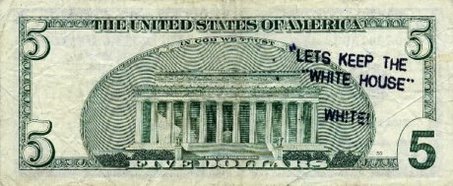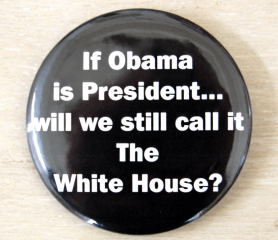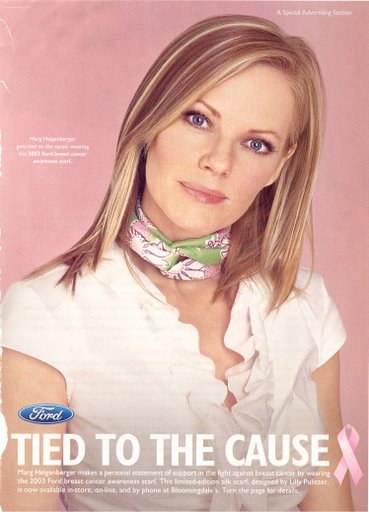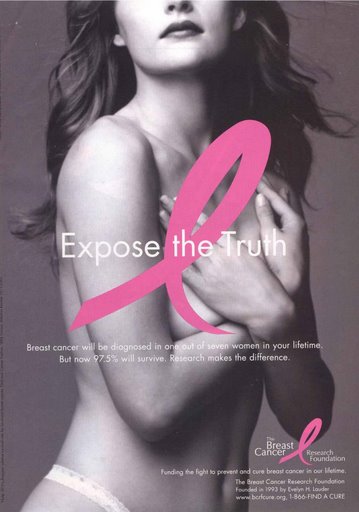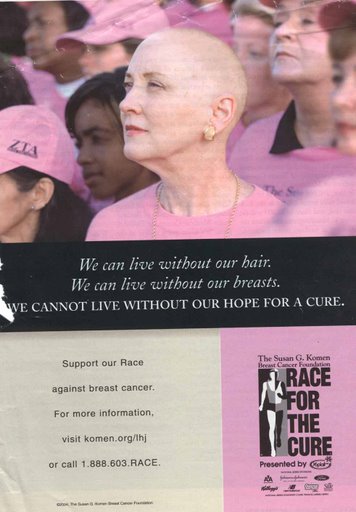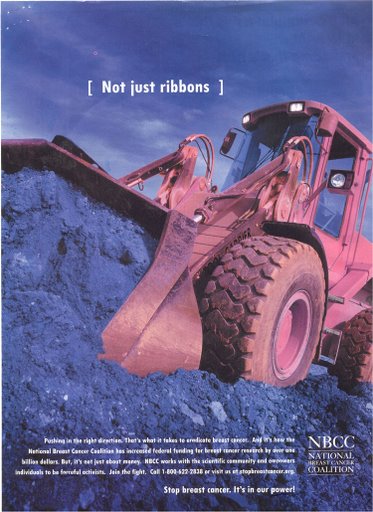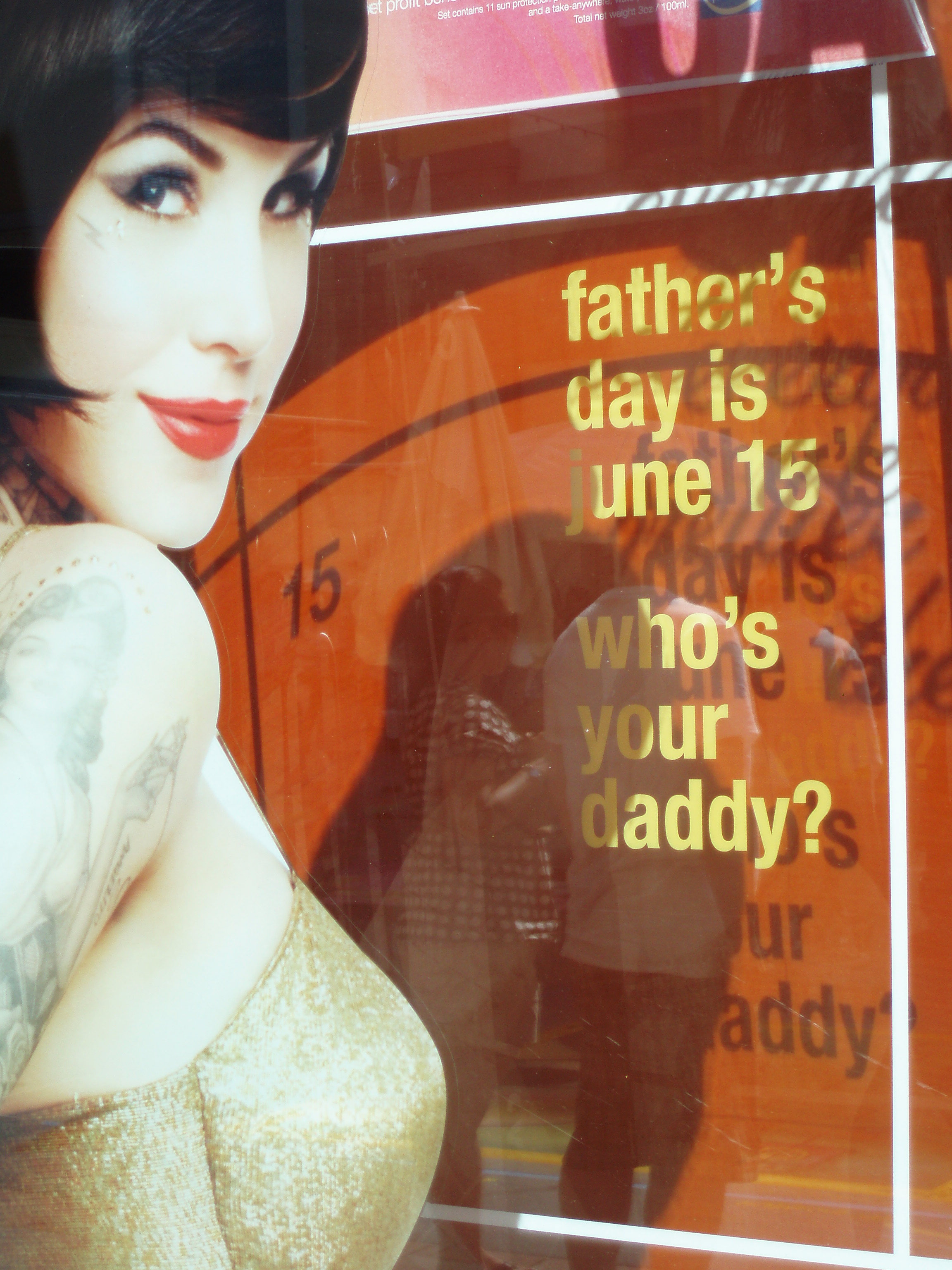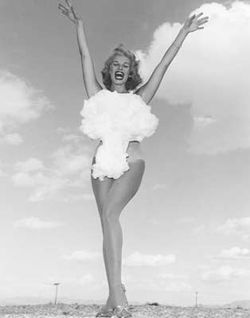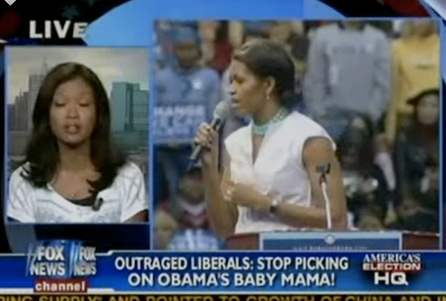In this series, I offer a typology reflecting the ways in which people of color are used in advertising aimed primarily at whites (see the first and the second in the series). In this, the third edition, I suggest that sometimes people of color are included because the idea of “diversity” triggers the related ideas of “cool,” “hip,” “urban,” and “youth,” which also invoke “modernity” and the idea of being “global,” “cosmopolitan,” even “progressive” politics.
In this ad, a mix of races are used. Notice that the ad also happens to include, in the bottom image, photography, what looks like a dark beer, and espresso (all “upper class” “sophisticated” interests) and, in the top image, we see that the woman who appears Asian is an art dealer.
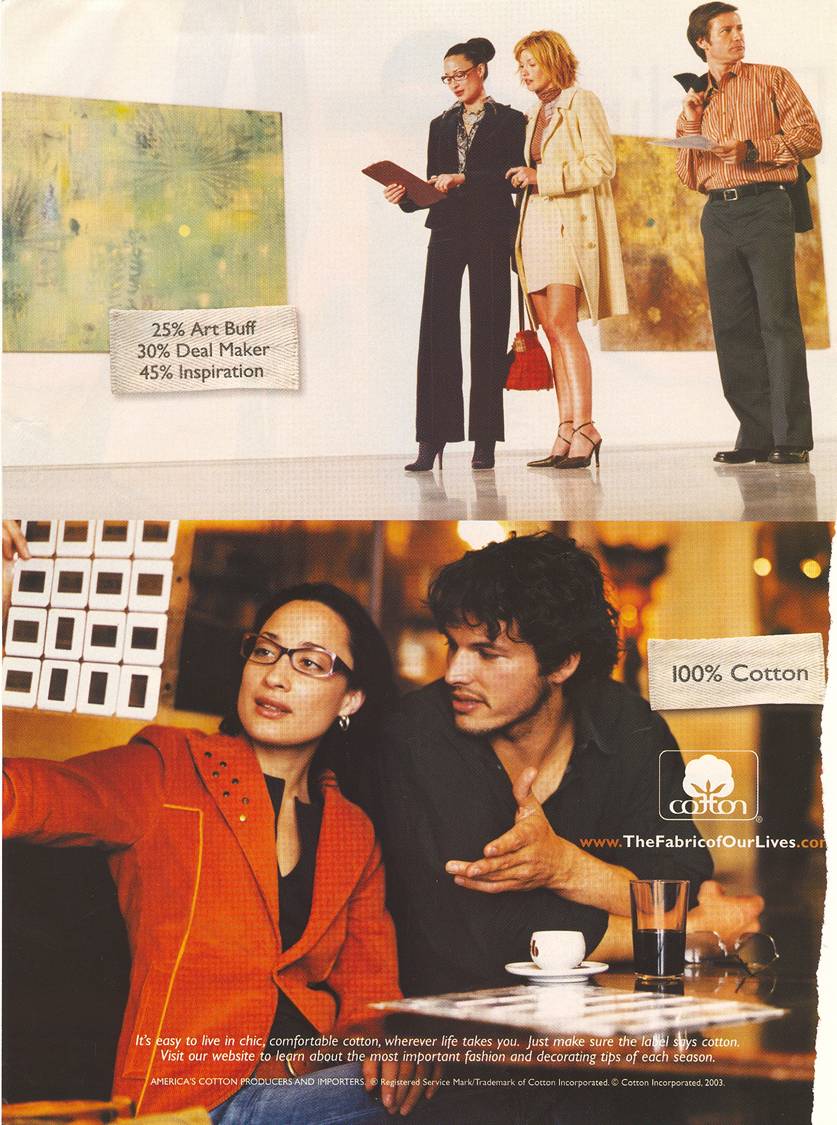
In this next ad, again, we see a mix of races enjoying what looks like a train ride (how European!) with hard liquor. The text:
The shortest distance between two places isn’t nearly as interesting.
I think it is no accident that “interesting” and racial difference are both present in this ad.
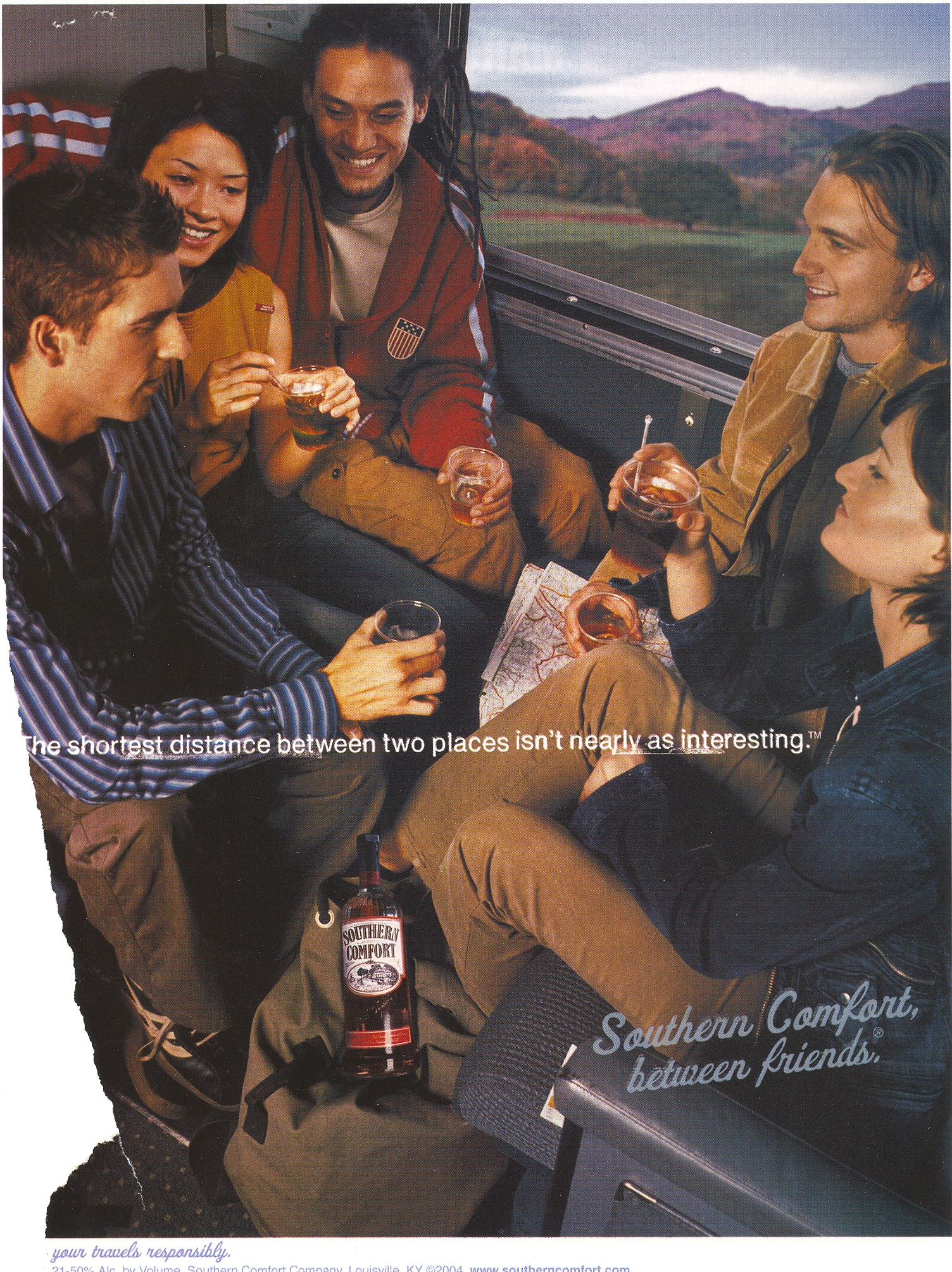
In this next ad we see a racially ambiguous male and a black woman. Notice the clothes that they are wearing (casually sophisticated) and the delicate nature of their coffee cups. This is leisure, not some working-class Joe with a cup o’ joe. Text:
3658 miles from the coffee fields of the Columbian Andes. But still the perfect climate for Colombian Coffee.
The idea of travel, of course, invokes a certain degree of cosmopolitan-ness and wealth. And the “perfect” climate refers not just to weather, but to the kind of company Colombian Coffee drinkers keep.
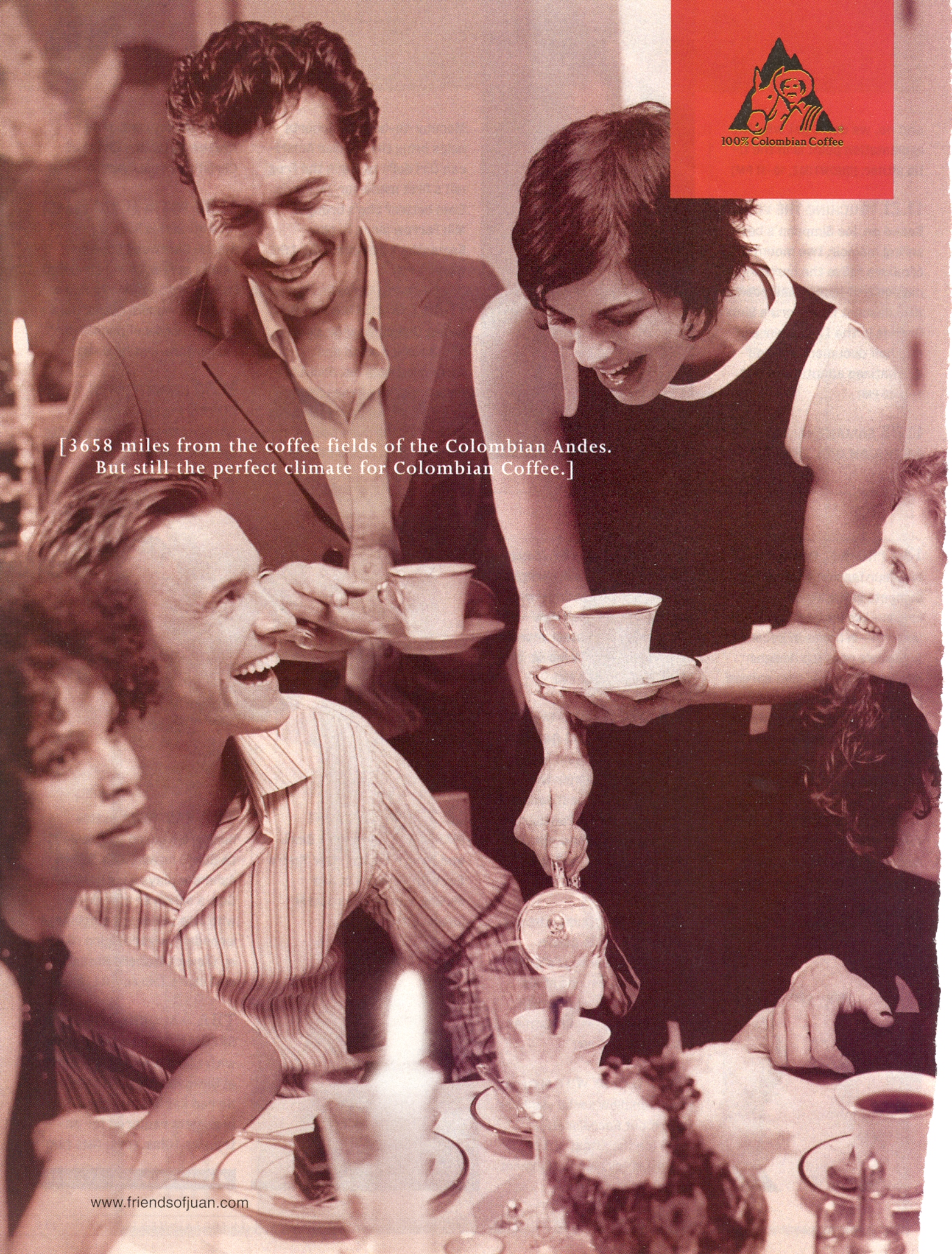
This ad for H&M is a bit different. Instead of invoking sophistication and cosmopolitan-ness, I think it invokes who and what is “hip” and “cool” and “diversity” is used as a signifier. The text:
H&M is Europe’s leading fashion retailer [Europe again], with over 850 stores worldwide [a reference to being “global”]. Offering high-fashion [i.e., “sophisticated?”] and quality for men, women and children at great prices.
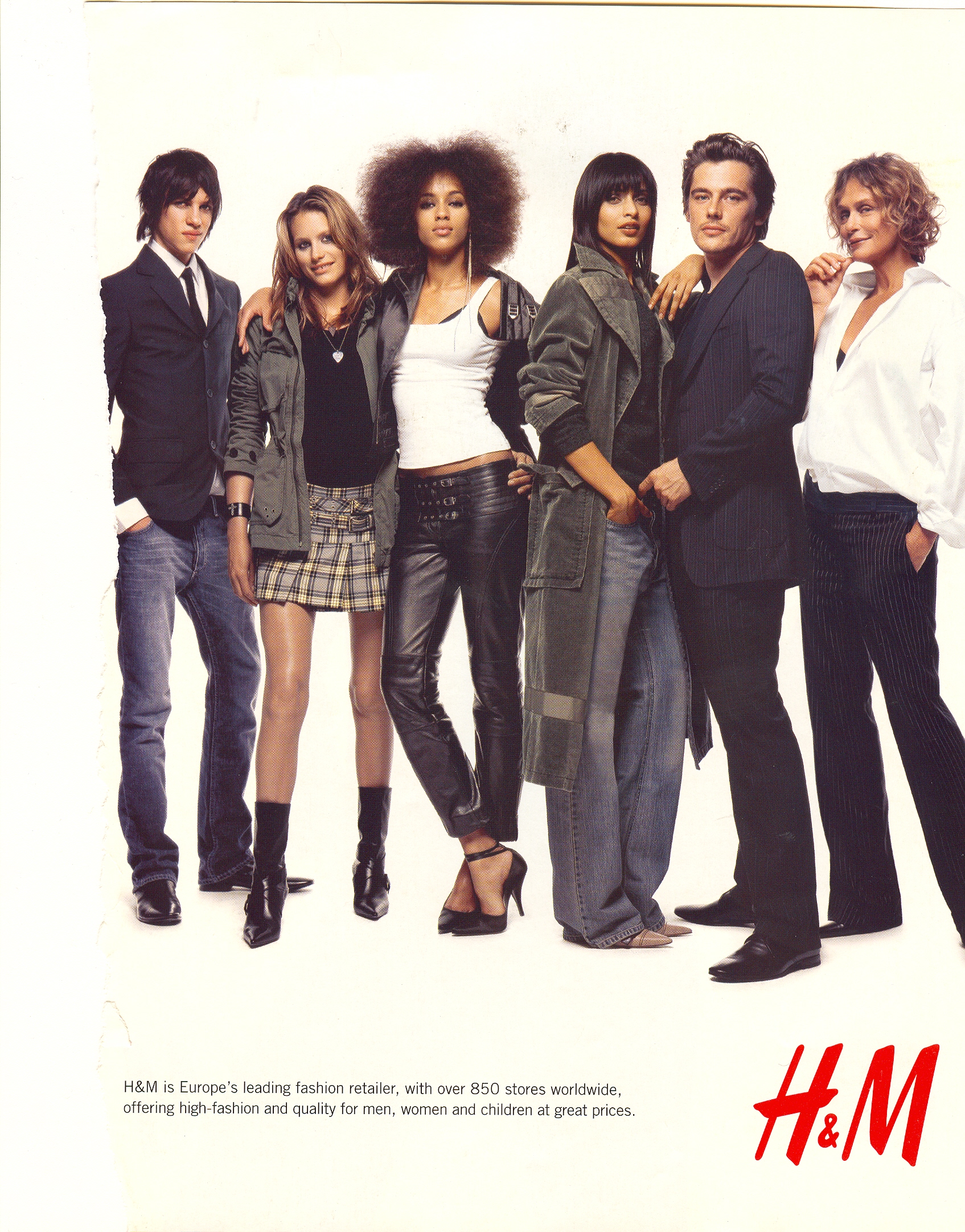
These last two ads, instead of using people of color to emphasize being “hip” or “sophisticated,” use them to signal “youth” and what being young represents. Young people are on the forefront of “cool,” of course, and also, in some sense, define “progressive” in that they herald a more “diverse” and “tolerant” future (hello, Obama).
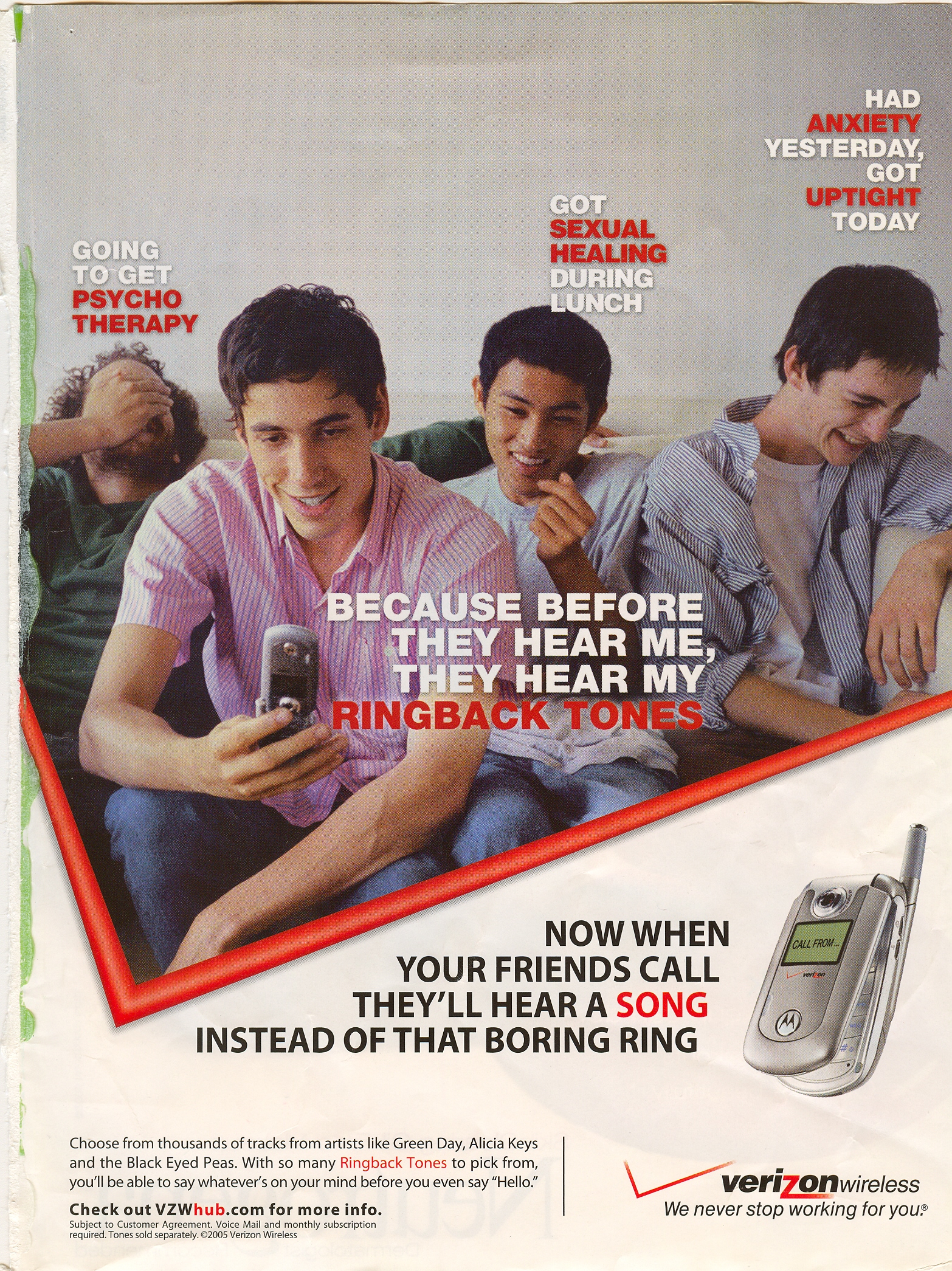
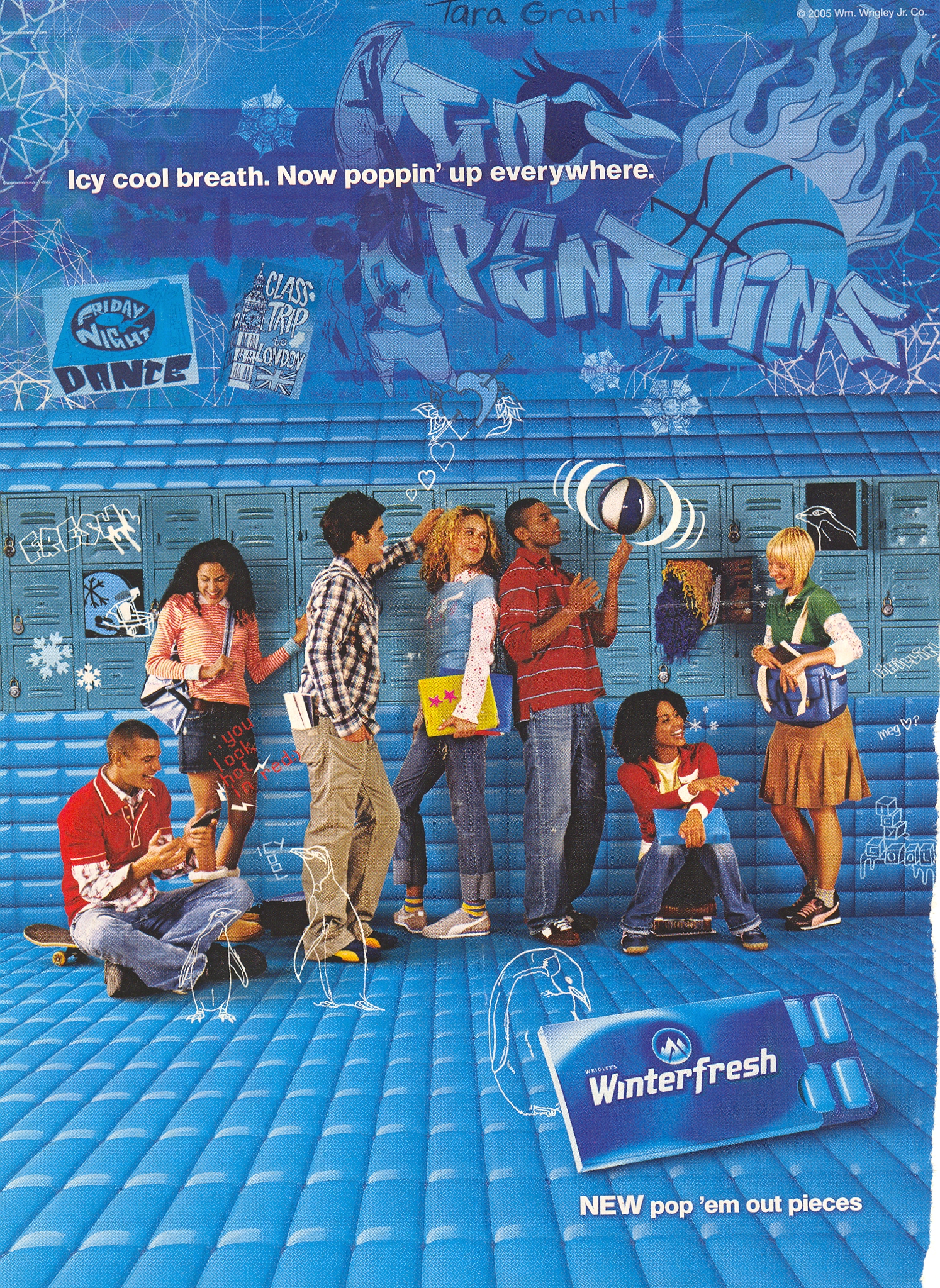
Next up: Including people of color so as to trigger the idea of human diversity.
Don’t miss the others in the series:
(1) Including people of color so as to associate the product with the racial stereotype.
(2) Including people of color to invoke (literally) the idea of “color” or “flavor.”

